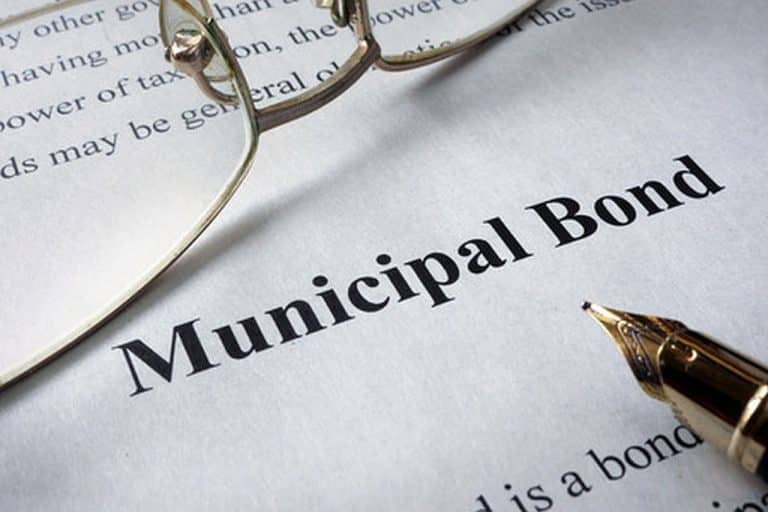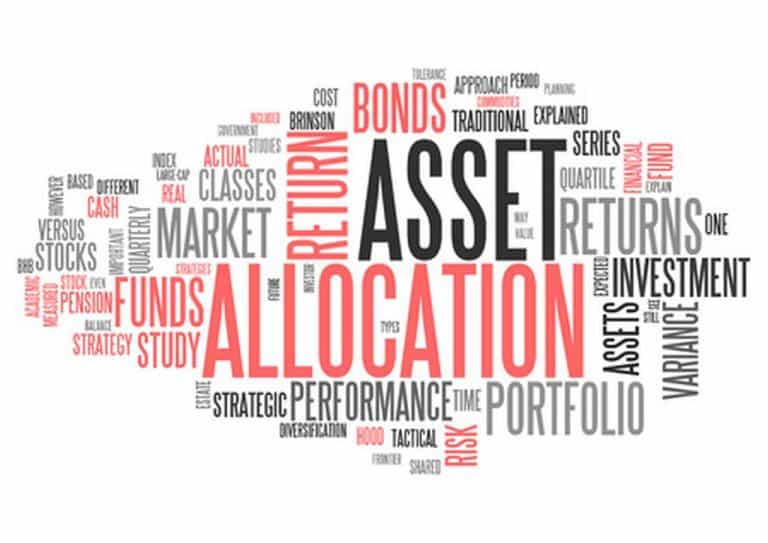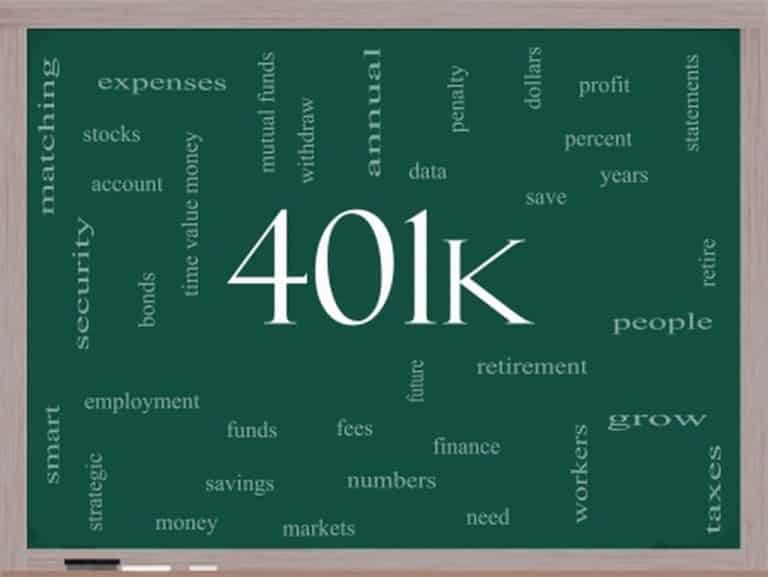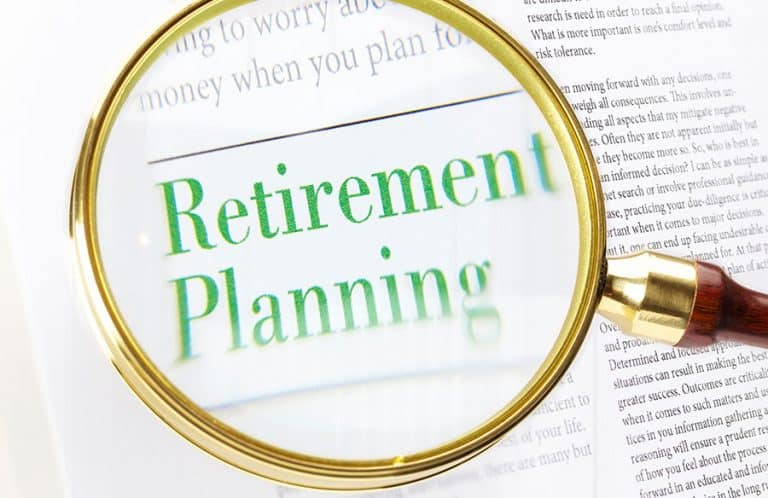Tag Savings
Municipal Bond Investing

What is a Municipal Bond? Municipal bond investing is a popular income choice for many Americans. The muni bonds are debt securities issued by municipal authorities like States, Counties, Cities, and related businesses. Municipal bonds or “munis” are issued to…
14 Effective ways to take control of your taxes
In this blog post, I will go over several popular and some not so obvious tax deductions and strategies that can help you decrease your annual tax burden. Let’s be honest. Nobody wants to pay taxes. However, taxes are necessary…
How to find and choose the best financial advisor near me?

Last update, August 2020……….Seeking a financial advisor near you is a significant step in achieving your personal and financial goals. Financial advisors have been instrumental in helping clients maintain a well-balanced, disciplined, long-term focused approach toward their personal finances and…
Financial planning for physicians

Introduction to Financial planning for physicians Being married to a physician has allowed me to obtain an understanding of the unique challenges of financial planning for physicians. In this post, I will discuss several practices that can help physicians…
4 Steps to determine your target asset allocation

One of the financial advisors’ primary responsibilities is to determine and document their clients’ target asset allocation. The target allocation serves as a starting point and guideline in diversifying the client portfolio and building future wealth. Clients’ unique financial goals,…
How to build your 401k plan

401k plans are a powerful savings tool for retirement With total assets reaching $4.8 trillion dollars 401k plans are the most popular retirement vehicle and are increasingly used by employers to recruit and retain key talent. 401k accounts allow employees to…
A beginner’s guide to retirement planning

Many professionals feel overwhelmed by the prospect of managing their finances. Often, this results in avoidance and procrastination– it is easy to prioritize career or family obligations over money management. Doing so puts off decision making until retirement looms. While…
A beginner’s guide to ETF Investing

What is an ETF? ETF stands for an exchange-traded fund. The fund is a passively managed marketable security that tracks an index, a commodity, or a pool of bonds. ETFs trade on the stock exchange, and their price fluctuate throughout the…
Contact Us

